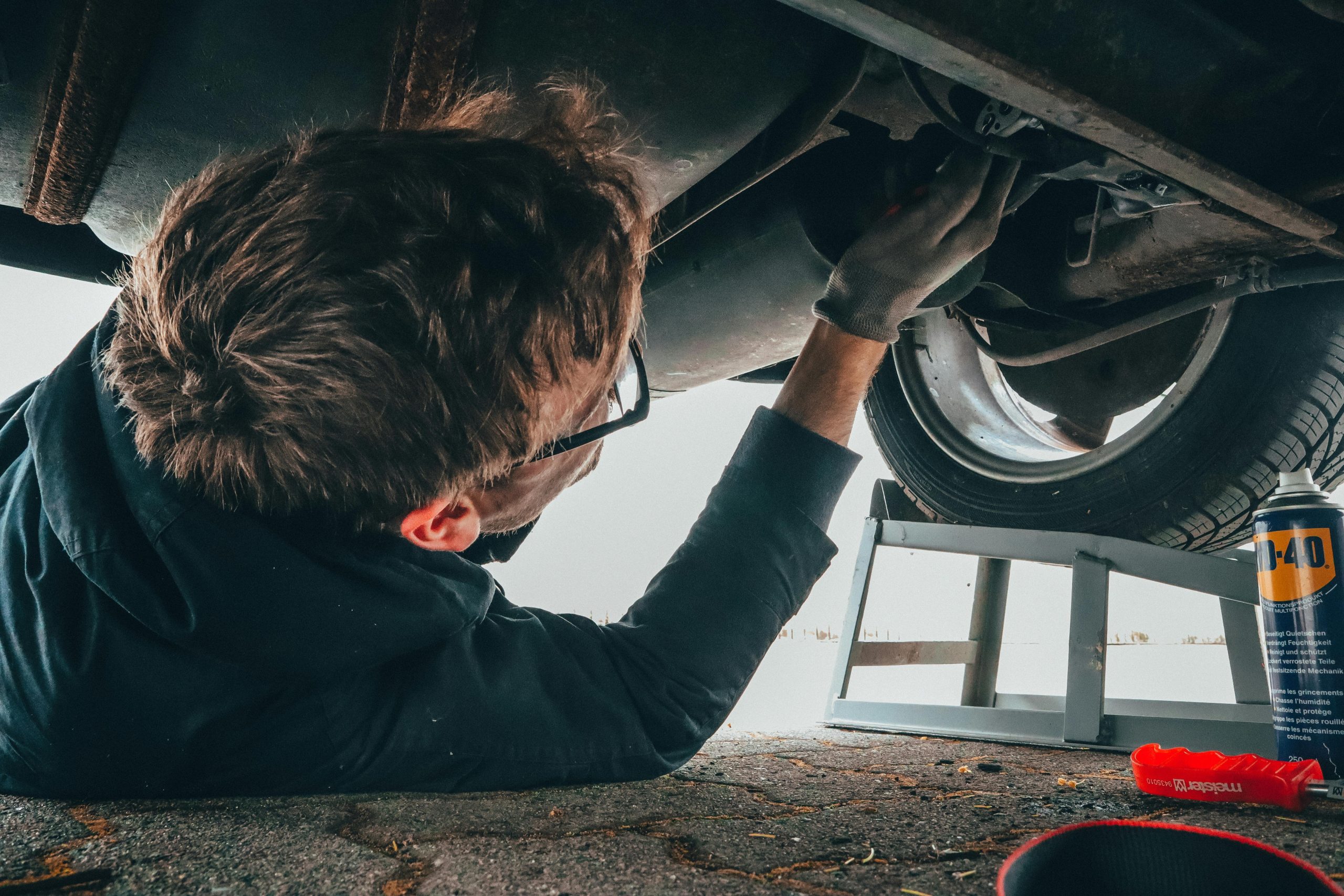Collision with Consequences: Navigating Insurance Challenges After a Car Accident
Recently, I experienced a rather unsettling event when a neighbor accidentally crashed their vehicle into the corner of my house. The accident resulted in significant damage, including the siding, weather barrier, sheathing, and even a planter that was unfortunately crushed in the process. After obtaining repair estimates from two local contractors, the costs came in between $4,200 and $4,600, which I thought was a reasonable assessment of the necessary work.
However, I was surprised to receive an email from my neighbor’s insurance company, informing me that they could only approve a payment of $2,100 based on the “Actual Cash Value” (ACV) of the damage. They further explained that, because the claim falls under an auto insurance policy, they would not cover the “Replacement Cost Value” (RCV).
This situation raises a couple of serious concerns for me:
-
Understanding Liability: How is it that someone can unintentionally damage property yet only be held financially accountable for its diminished cash value? Shouldn’t they be responsible for restoring the property to its original condition prior to the incident?
-
Securing Fair Compensation: What steps can I take to cover the shortfall for the repairs? I want to avoid contacting my own insurance as I’m aware that filing a claim could lead to increased premiums, which seems particularly unfair since I was not at fault. Should I approach my neighbor and request that she pay the remaining amount?
Any thoughts or guidance on this matter would be much appreciated.
Update on My Journey: After sharing my predicament, I received a wealth of advice that helped clarify the distinction between ACV and RCV for me. I began negotiating with the insurance company, requesting a detailed review of their appraisal, and initiated discussions with my neighbor about potentially covering the difference. I’m thankful for those who offered constructive feedback without judgment.
A Positive Development: I finally connected with the appraiser assigned to my case. He acknowledged that the insurance company, Liberty Mutual, had indeed miscalculated the depreciation on required repairs. He provided an updated quote that more accurately reflects the necessary scope of work based on our discussions, which brought the total estimate to within just $100 of the contractors’ repair quotes.
Navigating the complexities of insurance claims can be daunting, especially in situations like this. If you find yourself facing similar challenges, take heart—knowledge is powerful, and remember you are




I’m glad to see that you’re actively engaging with the insurance company and seeking to understand your rights and options in this challenging situation. It can be frustrating to navigate insurance matters, especially when it comes to property damage from an accident that was not your fault. Let’s break down your questions and explore some actionable steps you can take to resolve this issue.
1. How is this legal?
The concept of Actual Cash Value (ACV) versus Replacement Cost Value (RCV) is rooted in the way property damage is assessed and compensated by insurance policies. ACV is typically defined as the replacement cost of an item minus depreciation, which might take into account its age and condition before the damage occurred. It can feel unfair that you’re only receiving a depreciated amount, especially when someone else’s negligence caused the damage.
However, insurance policies—especially those associated with auto accidents—often have specific terms that limit liability to ACV. The reasoning behind this stipulation is that auto insurance is primarily designed to cover vehicle-related incidents rather than property damages. Here are a couple of reasons why this system exists:
Insurance Risk Models: Auto insurers have standardized risk assessment models to calculate potential payouts based on specific criteria. The distinction between ACV and RCV helps control costs and limit exposure for the insurer.
Legal Framework: Generally, insurance laws are designed to create predictable outcomes. The rationale is that to maintain lower premiums, insurers often limit payouts to ACV on certain types of claims.
2. How to get the remainder of the money?
Here are several practical steps you can take to address the shortfall in coverage and ensure you can cover the full cost of repairs:
Negotiate with the Insurance Company: Since you’ve made progress in discussing the appraisal, continue to engage with the insurance. Prepare supporting documentation, including your contractor quotes, photos of the damage, and any evidence of the pre-existing condition of your home. Clearly articulate why you believe the ACV should be higher based on this evidence.
Formal Request for Re-evaluation: If your discussions have not yielded satisfactory results, consider filing a formal request for re-evaluation of the claim with the insurance company. Ensure that you follow their guidelines for submitting additional information.
Communicate with Your Neighbor: It may be beneficial to have a frank conversation with your neighbor about the situation. Explain the discrepancies between the amount her insurance is providing and the repair